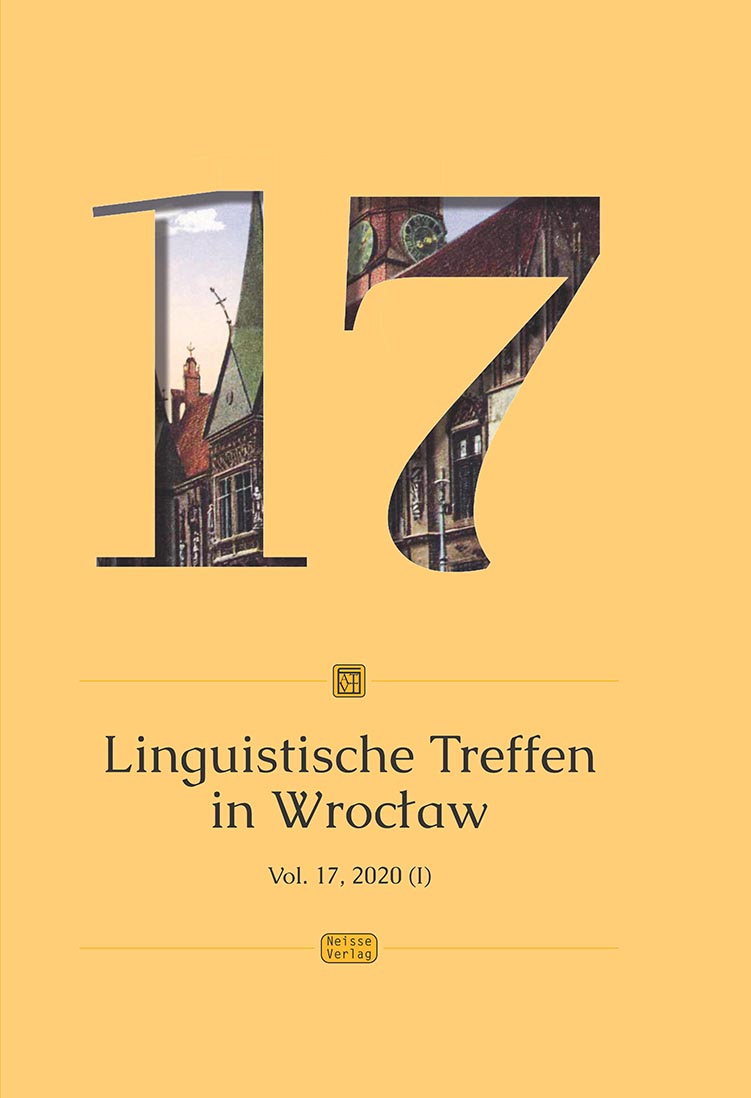Analyse des Liebe-Motivs in der Marienbader Elegie von Johann Wolfgang Goethe und im Roman Ein liebender Mann von Martin Walser
Analysis of the Love Motif Based on J. W. Goethe’s “Marienbad Elegy” and the Novel M. Walser’s “Ein liebender Mann”
Author(s): Anna SzyndlerSubject(s): Language and Literature Studies
Published by: Oficyna Wydawnicza ATUT – Wrocławskie Wydawnictwo Oświatowe
Keywords: J. W. Goethe’s “Marienbad Elegy”; M. Walser’s “Ein liebender Mann”; love motif
Summary/Abstract: 19-year-old Ulrike von Levetzow was Goethe’s last love. The 74 year old poet immortalised his feelings in a masterpiece of German love poetry “Marienbad Elegy“. Nearly two hundred years later Martin Walser based his novel “Ein liebender Mann“ on that love story. Not a lot is known about what truly happened between the famous poet and the young lady on that memorable summer of 1823 in Marienbad. Walser used this lack of historical details to let his creativity run free and tell the story in his own way. His version of the story argues with the picture that the lovestruck Goethe painted in his “Elegy“. The poem’s lyrical motifs are analysed and often debunked in the novel, treated as idealised and thus untrue. This article follows Walser’s analysis, in which Goethe’s view as a person was subjected to quite a questionable deconstruction.
Journal: Linguistische Treffen in Wrocław
- Issue Year: 17/2020
- Issue No: 1
- Page Range: 317-328
- Page Count: 12
- Language: German

